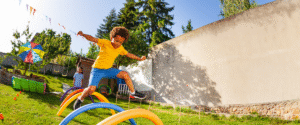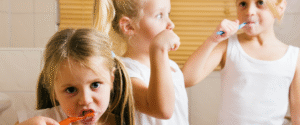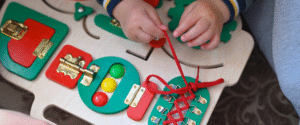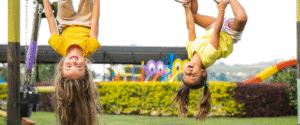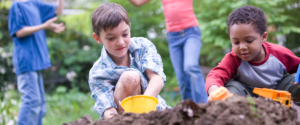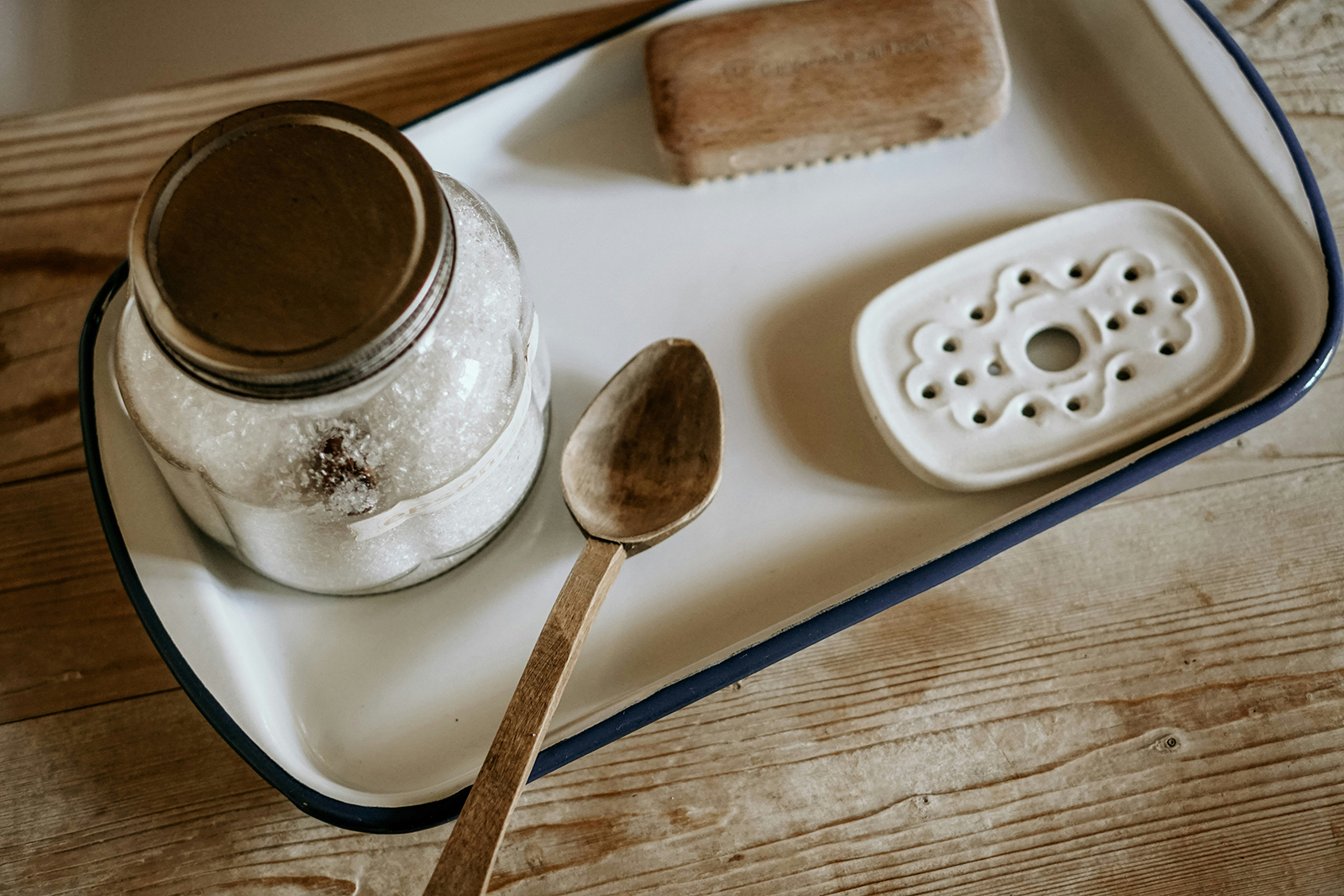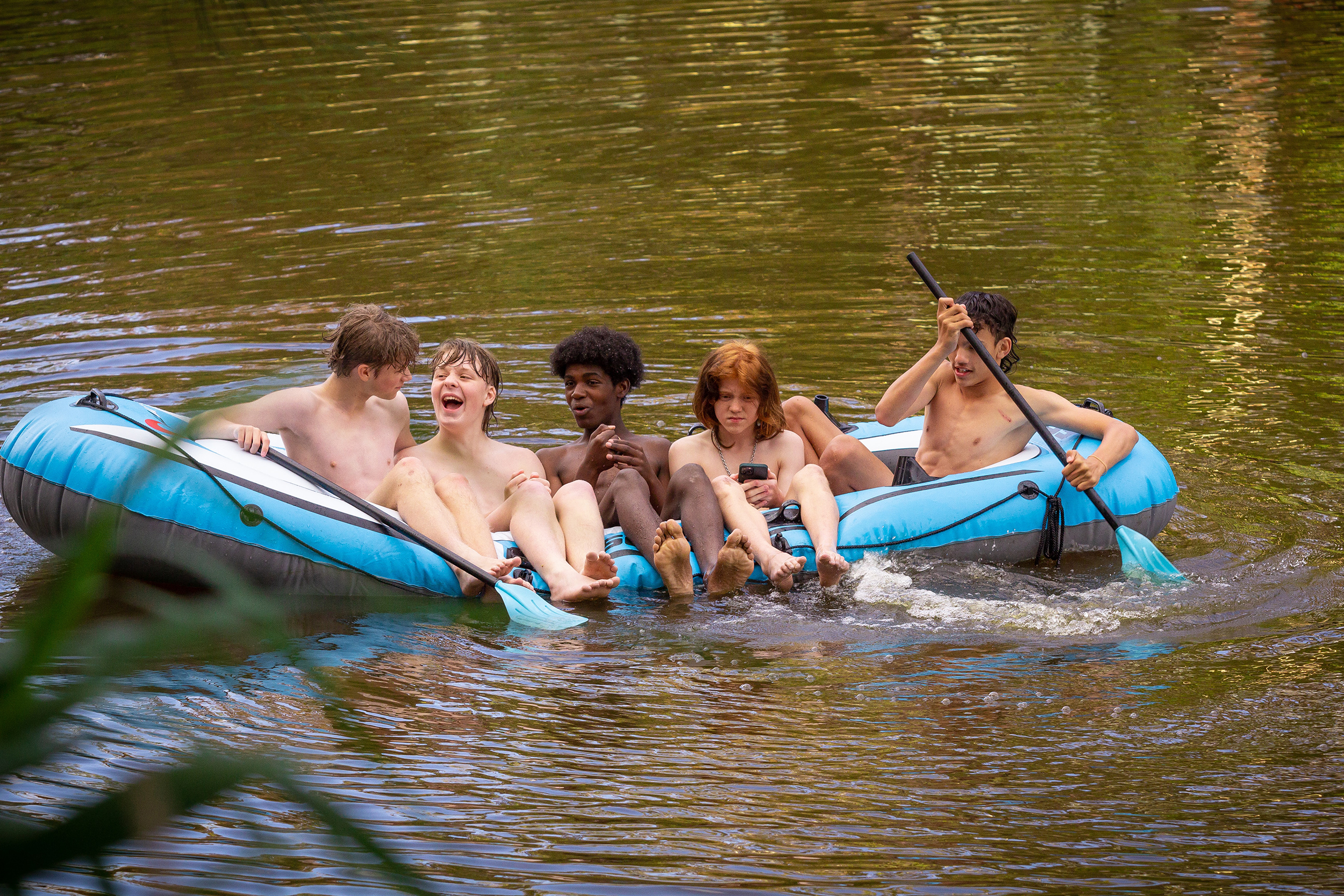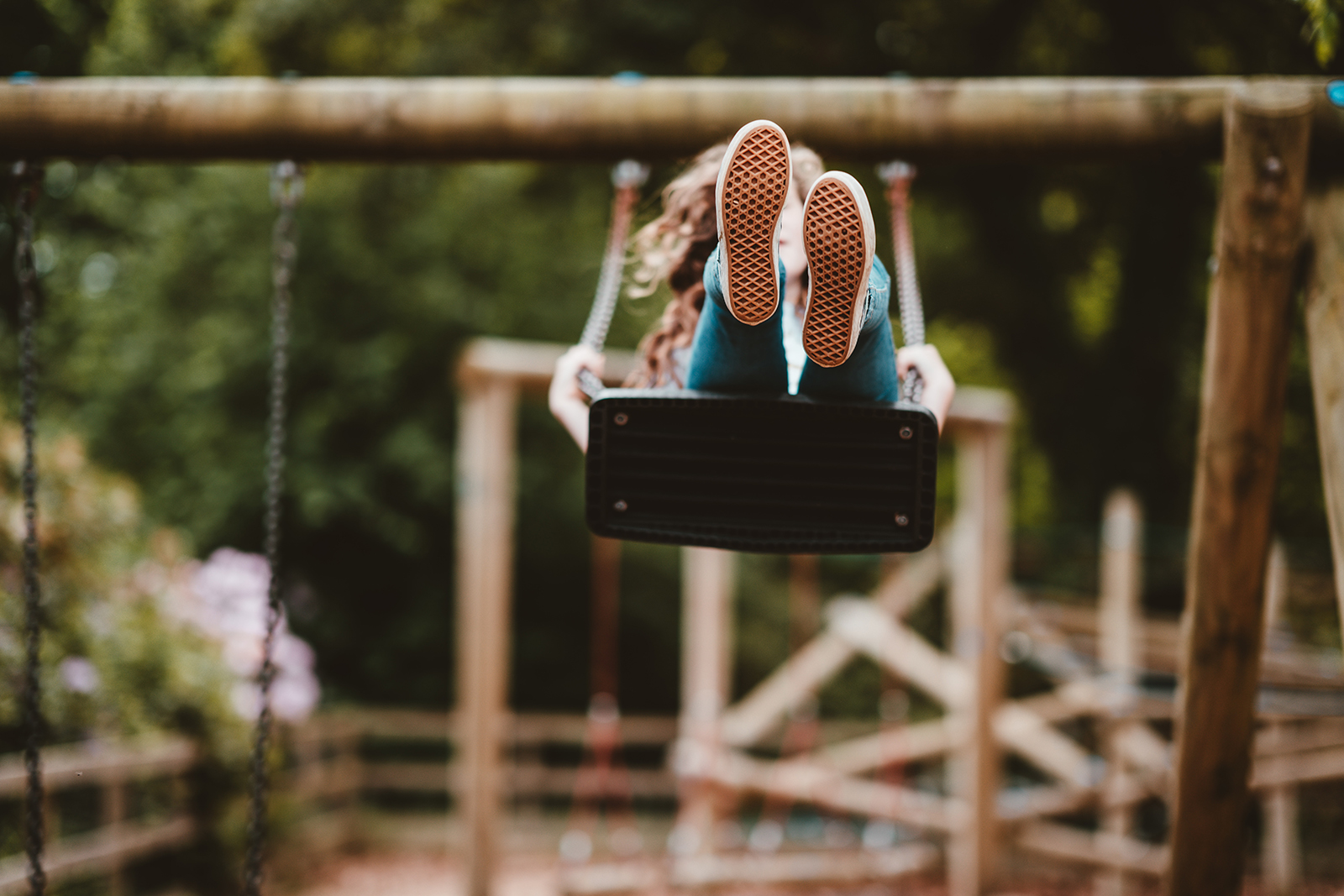
GROSS MOTOR SKILLS
– MUSCLE TONE
This month we are going to break down a term that you might have heard your therapist mention to you when discussing your child’s gross and fine motor skills – and that is muscle tone!
Muscle tone is a key contributor that impacts everything that we do with our bodies in everyday life. This can include things like playing with our friends, sitting in the classroom, sitting at the table to eat dinner, or completing our homework. If a child is experiencing poor muscle tone, this can lead to challenges with gross motor, fine motor and coordination skills.
So, what is Muscle Tone?
By definition, muscle tone refers to the amount of tension, or the amount of resistance to movement, held in the muscles in our body. This tension or muscle tone helps us to hold our bodies in a stable upright position when sitting or standing. Changes in this tension or muscle tone then enable us to maintain control and stability over our bodies as we move and engage in a variety of activities.
Postural control and muscle tone are essential for all motor skills. Sitting at a desk requires good postural control and so does sitting on the carpet. Without it, a child would likely start leaning into their peers. Other skills such as using a pencil or a computer also require good postural control. Playtime and PE are also much more difficult without good balance and postural control.
So, how does it work?
Muscle tone begins to develop when a child is very young. It is developed through activation and exploration of the vestibular sensory system. The vestibular system is stored in our ears. It consists of three semicircular canals filled with fluid. When we move our head forwards, backwards or side to side, this fluid moves inside these canals, telling our brain which direction and how fast our body is moving. This information then lets our brain know that we need to activate our muscle tone and where to hold or change the tension to keep our body stable and in control as we move.
An example ofoptimal muscle tone activation that supports a daily activity is a child seated at their desk, leaning forward to write down the stimulus seen on a whiteboard. As they lean forward, their vestibular system is alerted that they are moving their head. This message then tells their brain that the body needs to activate tension to hold the core of the body stable in the seat while changing the tension in the neck to allow the head to scan up to the whiteboard and back down to the workbook on the desk in a controlled manner. The child’s body now remains stable while they use their fine motor skills in a controlled manner to write down the stimulus.
The different types of Muscle…
We have two different categories of muscles within our body, tonic and phasic muscles. Tonic muscles are our inner postural muscles that are in charge of keeping us stable and upright against gravity. These muscles are longer lasting and are responsible for holding our body stable throughout the day to engage in daily living activities. Phasic muscles are our fast-firing and on-demand outer muscles that activate when we need a quick burst of movement or an action to be performed, but then they quickly fatigue.
When our tonic muscles are unable to perform their tasks adequately, the phasic muscles act as substitutes. However, because the phasic muscles are responsible for mobility and skill, they are far less effective in maintaining posture. For example, a child who does not have well developed tonic muscle tone may compensate for this by using their shoulders and arms to stabilise themselves whilst seated at the classroom table, rather than using their back and core muscles. This results in increased fatigue for that child as the muscles they are compensating with tire quickly and are not designed for sustained use. It then also impacts their capacity to complete fine motor activities as they are using the muscles necessary for these skilled tasks to simply stabilise their body, rather than complete the academic activity in front of them.
So, what happens if Muscle Tone is not optimal?
Muscle tone is a continuum. We all have different levels of muscle tone throughout our bodies. This variation is fine, as long as our body holds sufficient muscle tone to engage in the activities that we want and need to be able to perform on a daily basis. This differs however for children. For those who are having trouble engaging in everyday activities, it is important to consider that it may be muscle tone that is impacting their capacity to learn or perform.
Low tone:
Children who are experiencing low muscle tone may seem flacid or floppy when moving their bodies, have poor posture or stand/sit in a slouched position, have increased flexibility in their joints, have low endurance, lack body awareness and prefer sedentary activities. Think about those children who prefer to flop on to the couch, slump when seated, lean against objects when seated or standing to support themselves, be heavy footed, or appear uncoordinated or clumsy.
For these children, they require a high intensity of vestibular (movement) input to alert their brain and activate their muscle tone and body to engage optimally in activities.
For our children who are experiencing low muscle tone, they fatigue quicker and easier than their peers. They also have to work harder to keep up with their peers and find compensatory ways to engage successfully in these activities.
High tone:
This refers to children who appear to have six-packs and other visible external muscles (biceps, quadriceps, etc.). This is a result of them over-using their phasic (outer) muscles to compensate for their weaker inner core muscles when engaging in activities.
Children with high muscle tone usually move very fast and often seem uncontrolled moving through activities, before their muscles reach fatigue.
So how do we support our children to better activate and strengthen their muscle tone in order to participate in daily activities?
To further support our therapists and your child in achieving their goals – here is a list of activities that you can incorporate into your child’s daily routine within the home:
- Animal walks – including crab walks, bear walks, frogs walks, bunny hops and donkey kicks. These exercises activate a range of different muscles and assist in increasing muscle and postural tone.
- Wheelbarrow walks – hold your child at their hips or knees whilst they walks on their hands. Motivate your child by encouraging them to go further each time. Vary the activity by making them walk around different obstacles or place a favourite toy on their back to balance / carry.
- Bouncing on the trampoline – Vary the bounce to keep it interesting. Try star jumps, scissor kicks, donkey kicks, bouncing down to their knees and up again, etc.
- Sports such as swimming, martial arts and gymnastics.
- Climbing activities such as monkey bars, ladders, ropes, playground equipment.
- Heavy work (movements that involve push/pull/carry against resistance). For example: lifting heavy objects (e.g. shopping bags or piles of books), carrying a heavy school bag, helping out in the garden or moving furniture around the house.
- Bouncing or completing any exercises provided by your therapist on an exercise ball to activate core muscles.
- Sit-ups or “bicycles” (lie on your back and cycle legs in the air).
- “Fly like a bird” – get your child to lay on their tummy and arch their back whilst pulling straight arms and legs off the ground.
- Warm up activities before seated tasks can help to temporarily increase muscle tone, so the child can feel what it is like to have better posture e.g. star jumps or animal walks.
- Alternative seating and working positions i.e. lying on stomach propped up on elbows or working at a vertical surface e.g. whiteboard or blackboard, this helps to engage upper limb and core muscles.
- Playing with playdoh or putty can be a great way to build tone in the hands, which can assist with handwriting and fine motor tasks
- Using a spray bottle, pegs, screwing and unscrewing jars and squeezing a stress ball will help to work the fine muscles of the hands.
It is important to identify when a child tires and aim to gradually and continuously increase either the length of time or the amount of repetitions being completed. This will in turn increase the child’s strength and endurance. Scheduling in frequent rest breaks and providing lots of encouragement as well as varying the tasks will provide motivation and help increase the duration of activities. It’s important to remember that these activities are more successful when you’re making them fun! If you’d like more ideas or have questions about anything we’ve spoken about above, please don’t hesitate to reach out and ask your therapist for more information!
Research:
Markham, C. (1987). Vestibular Control of Muscular Tone and Posture. Canadian Journal Of Neurological Sciences / Journal Canadien Des Sciences Neurologiques, 14(S3), 493-496. doi: 10.1017/s0317167100037975
Ganguly, J., Kulshreshtha, D., Almotiri, M., & Jog, M. (2021). Muscle Tone Physiology and Abnormalities. Toxins, 13(4), 282. https://doi.org/10.3390/toxins13040282
Kramer, P. (2018). Frames of Reference for Pediatric Occupational Therapy (4th ed.). Lippincott Williams & Wilkins.
Until next time,
Georgia
ORIGINALLY PUBLISHED JUNE 1, 2022

